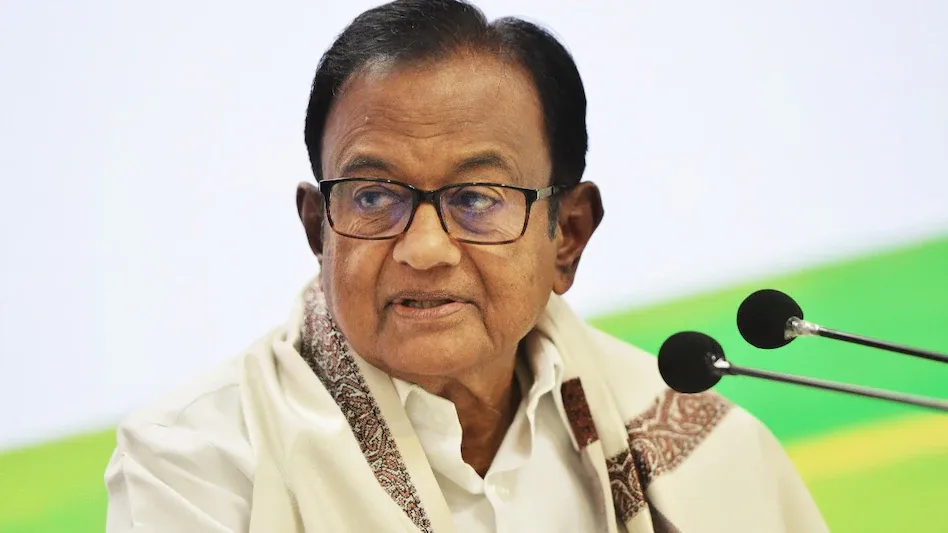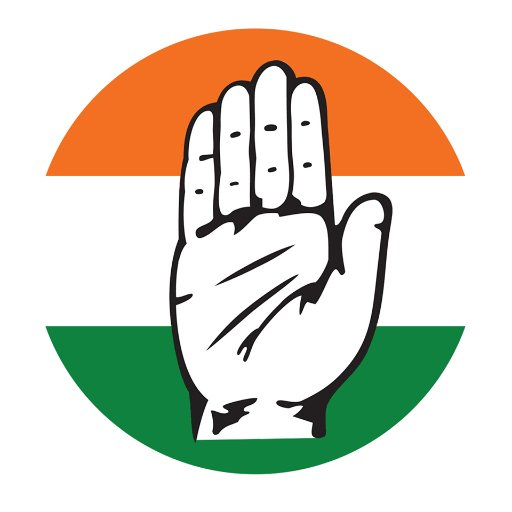Pardon me, judges open Pandora’s box

- P. Chidambaram, M.P
I have had a ringside view of the making of many laws. I always impressed upon the draftspersons of the Ministry of Law to keep the Bill short, crisp and clear.
One such law was The Places of Worship (Special Provisions) Act, 1991. In my view, it is short — only 8 Sections. It was crisp — it had one objective and that was to freeze the character of a place of worship as it existed at the dawn of Independence. It was clear — no ‘ifs’ or ‘buts’ or ‘notwithstandings’ or ‘without prejudices.’ I would urge everyone to read Section 3 and Section 4(1) the Act, which are as under:
Bar of conversion of places of worship: No person shall convert any place of worship of any religious denomination or any section thereof into a place of worship of a different section of the same religious denomination or of a different religious denomination or any section thereof.
Declaration as to the religious character of certain places of worship and bar of jurisdiction of courts, etc. — (1) It is hereby declared that the religious character of a place of worship existing on the 15th day of August, 1947, shall continue to be the same as it existed on that day.
The only exception was the place of worship commonly known as Ram Janmabhoomi-Babri Masjid situated in Ayodhya because there was an ongoing dispute.
There was widespread acceptance of the intent, purpose, spirit and scope of the Act. In my view, the Act achieved its purpose because there was peace and tranquility on issues concerning places of worship for nearly 30 years. By and large, the people accepted that a temple shall remain a temple, a mosque shall remain a mosque, a church shall remain a church, a gurdwara shall remain a gurdwara, a synagogue shall remain a synagogue, and every other place of worship shall retain the same character it had possessed on August 15, 1947.
Benign Neglect
Unfortunately, there is precious little information on the working of the Act. Queries to PRISM (a Parliamentary research facility) revealed that the government of the day gave bland answers on three occasions about the arrests and prosecutions under the Act. The best that can be said of the working of the Act is that successive governments have shown benign neglect of the Act.
Enter the Courts. On October 28, 2020, a Writ Petition was filed in the Supreme Court of India. The prayers are instructive: Declare that Sections 2, 3 and 4 of the Places of Worship (Special Provisions) Act, 1991, are void and unconstitutional in so far as they seek to validate ‘places of worship’ illegally made by barbaric invaders. Note that Sections 3 and 4 form the core of the Act. Absent Sections 3 and 4, there is nothing in the Act. These provisions have been challenged in the Supreme Court on the grounds that they are violative of Articles 14, 15, 21, 25, 26 and 29 of the Constitution of India. Note also that these ‘places of worship’ were, according to the Petitioner, illegally made by barbaric invaders. In the paragraph leading to the three prayers, the Petitioner did not hide whose cause he was espousing and which was the target community. He wanted to restore the religious places of ‘Hindus, Jains, Buddhists and Sikhs’ by process of law. The Writ Petition has been pending since 2020.
Dispute Over Gyanvapi
In 2023, the Supreme Court entertained a Special Leave Petition filed by the Committee of Management Anjuman Intezamia Masjid, Varanasi. The SLP challenged the order dated August 3, 2023, of the High Court of Allahabad. The District Judge had directed an archaeological survey of the area in which the Gyanvapi Mosque was situated. The High Court had dismissed the Appeal and the Petitioners approached the Supreme Court. The Supreme Court, by an order dated August 4, 2023, said that “We are unable to differ with the view of the High Court, particularly while exercising the jurisdiction under Article 136 of the Constitution, … and recorded the submission of the Solicitor General … that the entire process shall be concluded by any non-invasive methodology that may be adopted by the ASI.” Such was the manner in which the Pandora’s box was opened. The Court did not enquire into the motive of the Plaintiffs who had filed Civil Suit 18 of 2022 praying that they were entitled to perform rituals of deities which allegedly were present within the premises of the Gyanvapi mosque. The clear attempt of the Plaintiffs was to worship Hindu deities that were allegedly present in a mosque. If they were permitted to perform the rituals and worship the deities, it would convert the mosque, at least partially, into a temple. That was in the teeth of the plain language of Sections 3 and 4 of the 1991 Act.
Chain Reaction
Was it difficult to see through the motive of the Plaintiffs and the consequences of allowing the prayers in the Suit? In my view, the Supreme Court should have invoked its powers under Article 142 of the Constitution to do “complete justice”, called the suit to its file, and dismissed the suit holding that the Act that was honoured for 30 years should be upheld at all costs. Following the Gyanvapi order, there are disputes raised about the Idgah mosque at Mathura, Sambhal in Uttar Pradesh, the Qutub complex in Delhi, and the Ajmer Sharif Dargah in Rajasthan. Where will it end? The Gyanvapi order will have consequences like the infamous ADM Jabalpur case.
The author is a former Union Minister
Courtesy: The Indian Express







